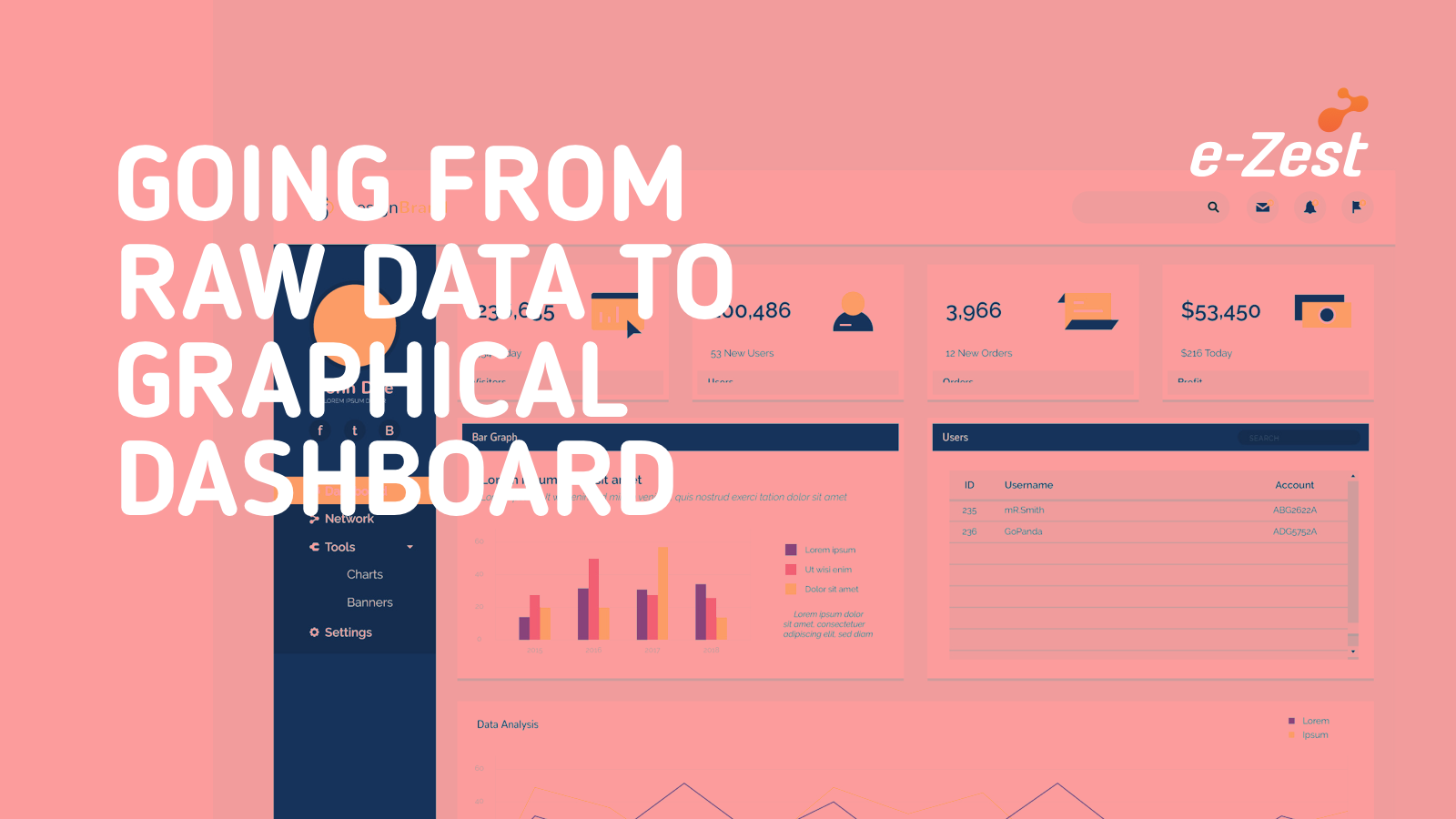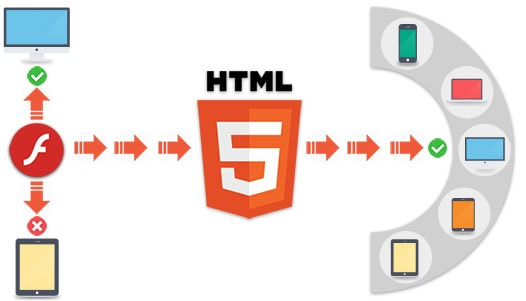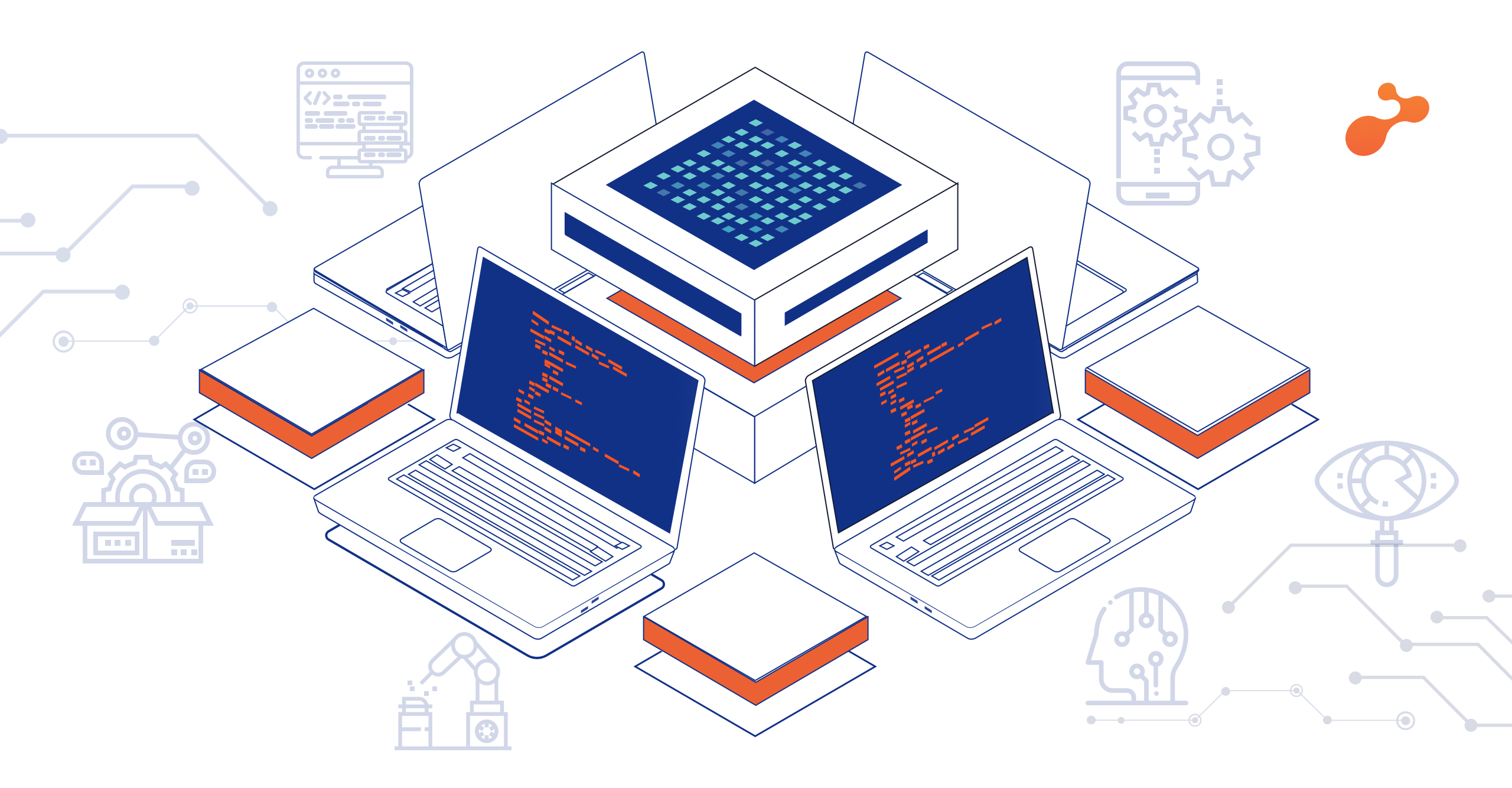Two roads diverged in a wood, and I took the one less traveled by, and that has made all the difference.
When it comes to e-Learning and the content that will reign in the time to come, this quote may be applicable after a reversal of its intent. The road less travelled by happens to be Flash and taking that road will not make the difference (you want to make). The road which is more in vogue and on its way to becoming the only road through, happens to be HTML5 and by a very logical extension, the mobile world as well.
Is Flash really on its way out?
Oh yes. Ever since Steve Jobs put it down very candidly why Apple had and will always shy away from supporting Flash (here is the article), the world saw that for all its days of glory, Flash might finally be tapering towards a demise. HTML5 and responsive design kept on ruling the roost with better compatibility, and a growing community. Of course, there were a few of the naysayers who pointed out, with a fraction of correctness that the smooth game-like experience that Flash provides will always be unmatched. But HTML5/JavaScript being an open standards saw excellent libraries come up, that enhance any page to rival Flash-esque animations and even better them.
Google plunged a spear into a dying bodice by announcing that Flash will be blocked from its browsers by the end of 2016. And that’s just web we are talking about.
Mobile devices and Flash could never come to see eye-to-eye. Android tried a few things to keep Flash content running, but Flash always made sure that the batteries got drained faithfully. In the initial days of the mobile boom, we still hadn’t seen the phones, today that lug what might seem like car batteries with them. Hence things never looked good on that front either.
The reason why mobile learning needs to be taken more seriously than ever before can be validated by some of these facts.
66% of all learners lean towards online learning for job help. This is what was found by Towards Maturity research which also found that up to 40% are learning on their way into the job market.
According to Logicearth Learning Services, that learners are becoming more digital savvy:
- 67% use mobile devices to access learning
- 63% use two or more devices a day
- 42% start a task on one device and complete it on another
Hence HTML5 is clearly the emergent technology that can scale with these trends and make sure that your precious content does get the audience and adoption it deserves. Responsive design is easier than before thanks to the frameworks (a la Bootstrap) and the wealth of knowledge publicly available which is also constantly growing.
So how do you go about it? We have done some extensive work in taking Flash content (and Flash—based applications as well) to the HTML world and decided to put up some steps on the same.
- Prioritization:
Not all your courses demand the trip to the HTML world immediately. There are some that you want to convert NOW. There may be others that you can live with being Flash.
-
Compliance Courses:
These courses need care for content and involve longer review cycles. They also may need a more structured rollout plan, if they are being used by your customers. It is important to keep them aside for special consideration and to prioritize them first. -
New Courses:
These are courses you created in the recent past (1-3 years). These courses are the best ones if you want to try a new vendor or a new tool that your team is rooting for. The design needs little or no upgrades and the flow/structure of the course is current as well. These can be the first course to try and the next ones in priority since you can churn out more of these for a lesser weight on the pocket. -
Legacy Courses :
The courses created before more than 3 years, which are typified by an older design are the most tedious ones to port to HTML5. These courses require a design refresh, keeping in mind the possibility of a mobile counterpart. The designers must keep one eye out for mobile form-factors while re-designing it. The technology of course, comes in later.
-
- Asset Consolidation
Once you decide your list of courses to target, you must know where the assets of those course files lie.
Do you possess them?
If not, can you ask them from the creator and would he be obliged to share them?
Do you have the copyrights to re-use the assets for a new course?
Such questions need to be answered before you buy the tool or hire the vendor you think can do the job. Unless this step is not executed, there will be several roadblocks to successful conversion. Sticking to the budget will also become difficult, since vendors would charge for additional assets they create - Design Tweaks
After asset consolidation, it is good to make a guesstimate of what design changes need to be done.
Are we going to upgrade those click-and-show cards to a hamburger menu which is more current and more portable to a mobile device?
Are we going to create a responsive layout and keep in handy, just-in-case we want to go mobile after the first phase of conversion?
The tools out there, at least the good ones among them, are powerful. Vendors will try and sell the moon. But you must know where you have to draw the line for new designs. A good vendor will tell you the minimum design refresh that you would need to go ahead with the first phase. - Technical stability and support
After you have an idea about how much of design you want tweaking, it also makes sense to ask yourself if you have the technology to support the new content that would land on your lap. The good part due to HTML5 is that it is very compatible and would not need you to reinvest for new browsers. Even then, it is a good idea to list the devices, browsers you would want your content to run in.
Is some legacy course still being used by one of your customers in an outdated browser (and they won’t upgrade for some reason)?
Are all the asset files (sound and video files especially) present in formats that would be compatible with the device list you have in mind?
Another important question is whether you LMS can support mobile learning if you are opting for your courses to go mobile?
Offline learning is also another interesting aspect that you can keep an eye out for. The thing here is that, there should be a minimal amount of surprises for you once you plunge into your journey to HTML. Here again, an experienced vendor can make a world of difference and expose all technical caveats early on. -
Select the tool/approach/vendor
The hard work all done, you must now choose your method of performing the conversion. If you have an IT team and they are already familiar with a particular authoring tool, it may be a good idea to explore if that tool (or its upgrade) can help you. You can explore vendors out there as well and get quotes for your Flash courses. To reiterate, your latest Flash courses are your best bet to try out a new vendors’ services. A good vendor here, would be one who would clearly tell you the risk of what you are getting into.Yes, HTML5 is great. Yes, mobile learning is the future. But are you planning to upgrade your LMS accordingly?
Do YOUR users really use mobile devices now?
Such questions, and you know you are probably talking to the right people.If I have scared you a measure by talking about what to look out for while going for Flash-to-HTML5 conversion, let me also tell you that there are a lot of additional features (your possible differentiators) that you can build into your courses while they make the trip. HTML5 and mobile learning today offer some cutting-edge possibilities to provide a better experience to your users. Here is some things you could possibly get into, thanks to your decision of going HTML5.
- Creation of more digestible, bite-sized learning modules
- Encourage social learning building in polls, engaging social media
- Creating performance support systems through your e-Learning
- Implement branching scenarios to for more immersive learning
- Including gamification techniques and rewards
- Exploring blended learning solutions
We will discuss about theses amazing aspects later on! Have you decided to move to HTML5 today? What do you feel should or should not be done? Leave your thoughts in the comments below!







